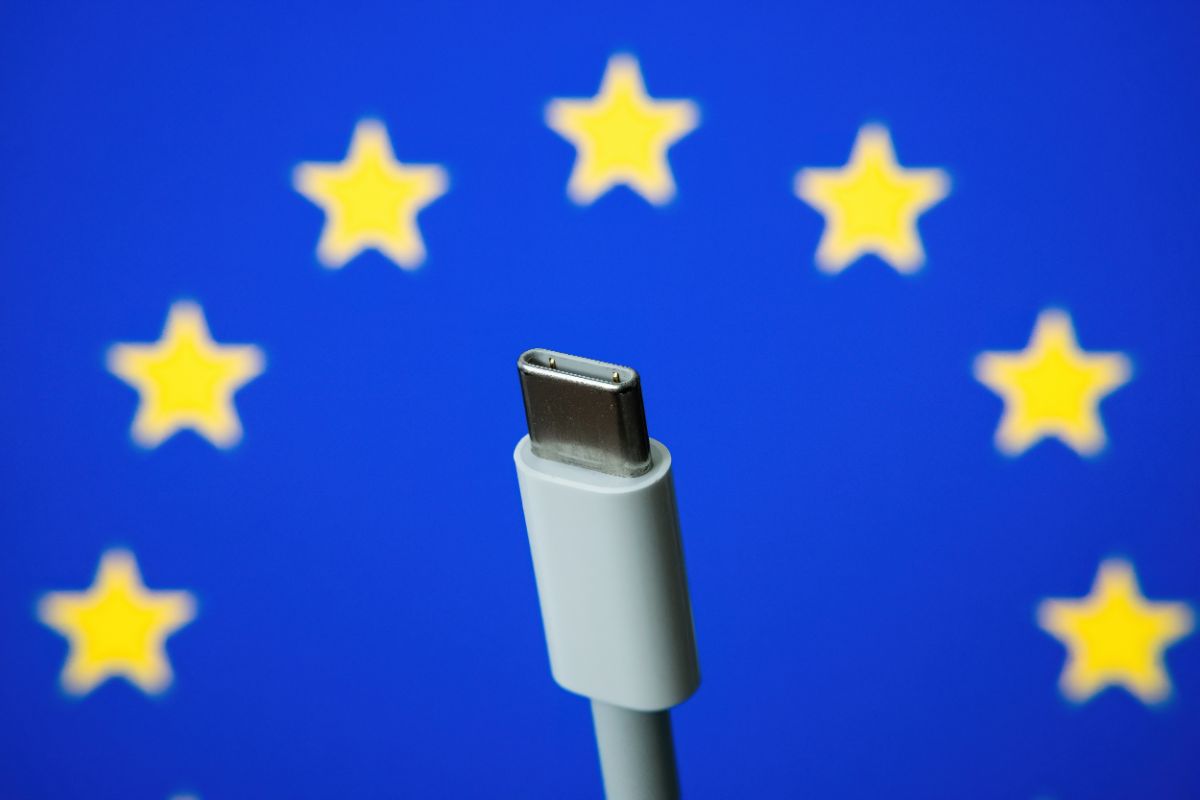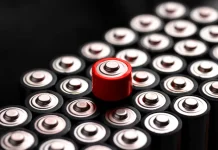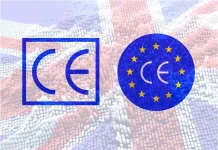The EU will specify USB-C as a mandatory standard for most IT devices, all smartphones and tablets, and many consumer electronics devices from mid-2024. USB-C chargers and power supplies are to be sold separately with the end devices. The goal is to save resources by eliminating the need for different charging standards and cables and not producing another charger with each device.
From the beginning, the USB standard was the coupling of a data connection with the power supply for small peripheral devices. USB-C also includes the functions of graphics transmission to the display, audio transmission and power supply in the higher power range via PD (Power Delivery). In the current standard, only one cable with the rotationally symmetrical 24-pin connector on both sides is sufficient for this.
Already today, virtually all Android smartphones and tablets and new laptops are produced with the USB-C port, which in many cases saves the audio jack or HDMI monitor port. In the case of the monitor connection, even multiple displays with up to 8K resolution can be operated in parallel and without their own power supply.
Since 2021, the EU has been working to standardize charging plugs for smartphones, tablets, headsets, cameras, mobile speakers, gaming consoles and laptops. Resistance came from the market, especially from apple, since it works with its own standards worldwide. On June 7,22 it was announced that an agreement had been reached and that the standard would now be mandatory for all manufacturers from mid-2024. The sale of chargers should be decoupled from the purchase of equipment so that the number of electronic components produced can be reduced. Unused electrical chargers would previously generate 11,000 tons of electrical waste annually.
According to the trade magazine “funkschau” (issue 7/22), standardization will have a positive impact on the operation of monitors. The standardization to only one necessary connection with the highest resolution, the parallel operation of several displays and the elimination of additional connections for audio, power supply or peripheral devices is particularly interesting for the end user, but also for the manufacturer. Attention should be paid to the purchase of suitable high-quality cables. There are still cables with USB-C only at one end, cables that are limited to certain power values during voltage transmission or cables that are only made for voltage transmission. If there are other peripherals that only have USB-A or USB-B or the micro-USB port, need HDMI/DVI or similar ports, common USB-C docking stations can help. Some of them are available for as little as 30 Euros and have a number of different ports.







